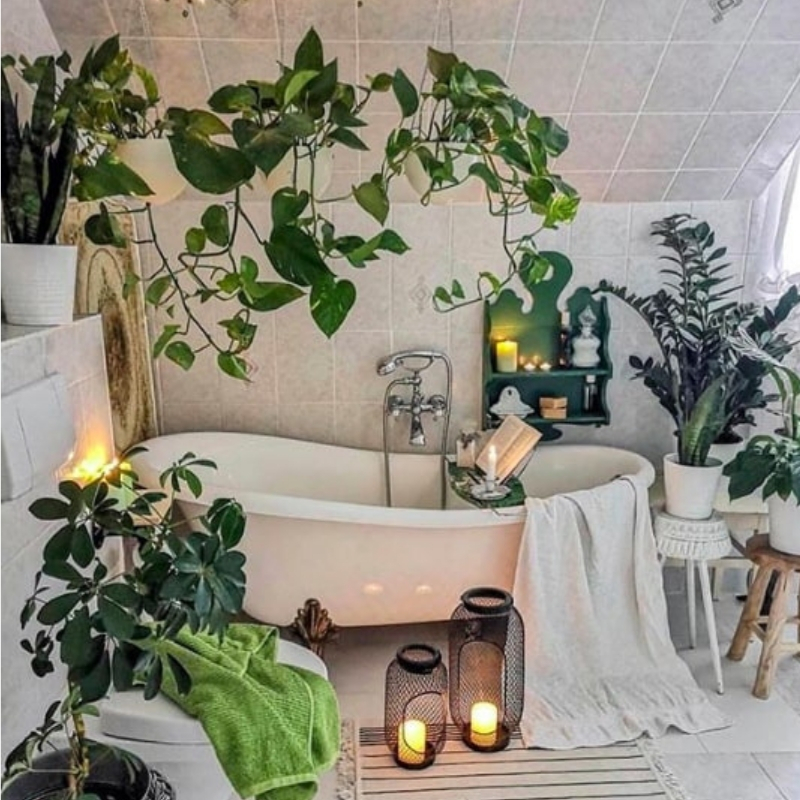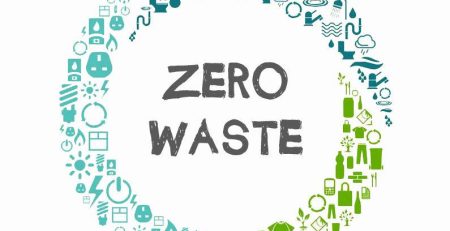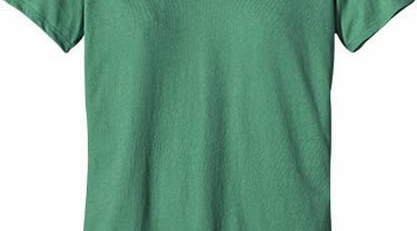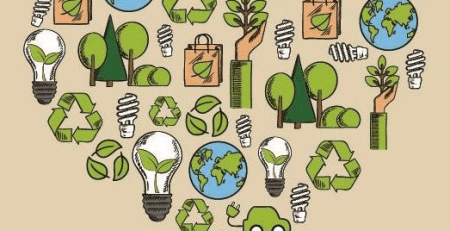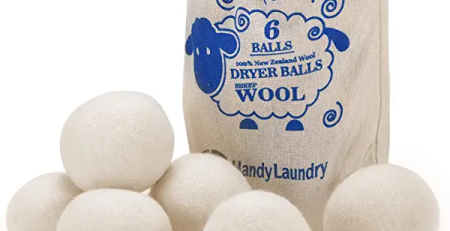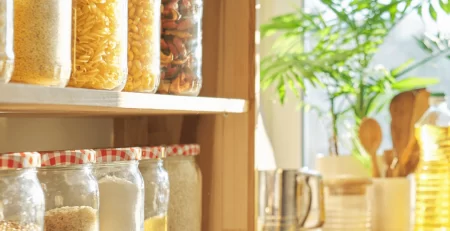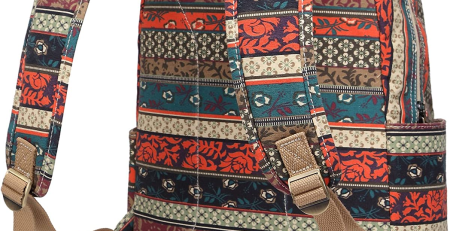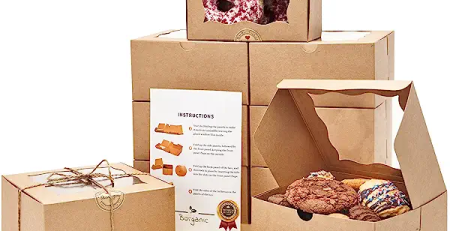Zero Waste Bathroom: Sustainable Swaps and Eco-Friendly Practices
Introduction: In today’s world, the concept of zero waste has gained significant attention as a means to promote sustainability and reduce our environmental impact. The bathroom, often overlooked in terms of waste reduction, holds immense potential for making eco-friendly choices.
By implementing sustainable swaps and adopting eco-friendly practices, we can transform our bathrooms into spaces that align with our values of environmental consciousness and contribute to a healthier planet.
- Create a charming farmhouse kitchen decoration with LED fairy lights and white peony.
- Add a touch of elegance to your walls with acrylic mirror wall stickers that serve as beautiful wall decorations.
The Importance of Eco-Friendly Choices in the Bathroom: When we consider the amount of waste generated in our bathrooms, from plastic packaging to single-use products, it becomes evident that making eco-friendly choices is crucial.
By embracing sustainable swaps and eco-friendly practices, we can significantly reduce our ecological footprint and create a more sustainable future. By incorporating keywords, we can focus on zero waste, sustainable swaps, and eco-friendly practices to guide us in our journey towards a greener bathroom.
Sustainable Swaps for a Zero Waste Bathroom:
- Plastic-Free Toiletries: Replace single-use plastic items like toothbrushes, razors, and soap dispensers with sustainable alternatives such as bamboo toothbrushes, safety razors, and refillable soap dispensers.
- Reusable Containers: Store your bathroom essentials, such as cotton swabs, dental floss, and bath salts, in reusable containers made from glass or metal instead of disposable packaging.
- Organic and Eco-Friendly Personal Care Products: Opt for organic and natural personal care products that are free from harmful chemicals and packaged in eco-friendly materials. Look for certifications like “Certified Organic” or “Cruelty-Free” when choosing items like shampoo, conditioner, and skincare products.
- Bamboo or Washable Cotton Rounds: Replace disposable cotton pads with reusable alternatives made from bamboo or washable cotton. These are not only eco-friendly but also gentle on the skin.
- Experience relaxation with an indoor 3-tier relaxation tabletop fountain that brings soothing water sounds to your space.
- Display your flowers in a unique and creative way with the creative heart art resin vase flower pot desktop that adds a touch of charm to any room.
Eco-Friendly Practices for a Greener Bathroom:
- Water Conservation: Install water-efficient fixtures like low-flow showerheads and faucets to reduce water consumption. Take shorter showers and turn off the tap while brushing your teeth or lathering up.
- Composting Bathroom Waste: Explore composting options for bathroom waste like biodegradable toilet paper and organic cotton balls. Composting not only diverts waste from landfills but also creates nutrient-rich soil.
- Proper Recycling: Ensure proper recycling of items such as plastic shampoo bottles, cardboard packaging, and glass containers. Rinse and separate recyclables accordingly to maximize their potential for reuse.
- DIY Cleaning Products: Make your own cleaning products using simple ingredients like vinegar, baking soda, and essential oils. This eliminates the need for harsh chemicals and reduces plastic waste from store-bought cleaning solutions.
By incorporating these sustainable swaps and eco-friendly practices into our daily bathroom routines, we can make a significant impact in reducing waste and preserving the environment.
Reducing Plastic Waste in the Bathroom: Achieving a Zero Waste Bathroom
The Impact of Plastic Waste in the Bathroom: Plastic waste in the bathroom poses a significant threat to the environment and our health.
From disposable razors and toothbrushes to shampoo bottles and packaging, these items end up in landfills or pollute our oceans, harming marine life and ecosystems. By recognizing the detrimental impact of plastic waste and taking action, we can create a positive change and promote a greener future.
- Set the mood with the sunset lamp projection LED lights featuring 16 colors, 360-degree rotation, and 4 modes, perfect for photography, selfies, and home decor.
- Transform your bedroom into a galaxy with the mesmerizing effects of the One Fire galaxy projector.
Sustainable Swaps for a Zero Waste Bathroom:
- Plastic-Free Toiletries: Replace plastic toothbrushes with compostable or bamboo toothbrushes. Opt for solid shampoo and conditioner bars instead of bottled products, and choose bar soap or refillable liquid soap dispensers to eliminate the need for plastic soap bottles.
- Reusable Bathroom Essentials: Switch to reusable alternatives for items such as cotton swabs and menstrual products. Use reusable cotton rounds made of organic cotton or bamboo instead of disposable cotton pads.
- Refillable Containers: Invest in refillable containers for your bathroom essentials. Refill them with bulk or concentrated products to minimize plastic packaging waste. Look for stores or brands that offer bulk refill stations for shampoo, conditioner, body wash, and cleaning products.
- Plastic-Free Dental Care: Replace plastic toothpaste tubes with toothpaste tablets or homemade toothpaste in glass jars. Use bamboo dental floss packaged in biodegradable or reusable containers.
Eco-Friendly Practices for a Zero Waste Bathroom:
- Proper Recycling: Ensure proper recycling of plastic items that cannot be avoided. Follow recycling guidelines in your area and rinse out containers before recycling them. Remember to remove caps and check for any special instructions.
- Composting Bathroom Waste: Compost organic materials like hair, nail clippings, and biodegradable cotton swabs to divert them from landfills. Consider using a compost bin or connecting with local composting programs.
- DIY Cleaning Products: Make your own cleaning products using simple and natural ingredients. Use items like vinegar, baking soda, and essential oils to create effective, non-toxic cleaning solutions. Store them in reusable glass containers to reduce plastic waste.
- Educate and Inspire: Share your knowledge and experiences of creating a zero waste bathroom with others. Inspire friends and family to make eco-friendly choices and encourage them to join the movement towards a more sustainable lifestyle.
- Add a festive touch to your table with a Christmas table runner that enhances your home decor during the holiday season.
- Protect your surfaces in style with a wooden crafted coaster set of 6 that comes with a coaster holder for easy storage.
Sustainable Personal Care Products for a Zero Waste Bathroom
Transitioning to sustainable personal care products is a vital aspect of creating a zero waste bathroom. Conventional personal care products often come packaged in single-use plastic, contributing to the global plastic waste crisis.
By opting for eco-friendly alternatives and sustainable practices, we can significantly reduce our environmental impact and promote a zero waste lifestyle.
The Importance of Sustainable Personal Care Products: Conventional personal care products not only generate excessive plastic waste but also contain harmful chemicals that can harm our bodies and the environment. By choosing sustainable options, we prioritize our well-being and contribute to a healthier planet.
Sustainable personal care products are made from natural and non-toxic ingredients, packaged in environmentally friendly materials, and often offer the option for refillable or zero waste packaging.
Sustainable Swaps for Personal Care:
- Shampoo and Conditioner Bars: Replace traditional shampoo and conditioner bottles with solid bars. These bars are typically made with natural ingredients and come in compostable or minimal packaging. They are long-lasting, cost-effective, and eliminate the need for plastic bottles.
- Refillable Toiletries: Look for brands that offer refillable options for toiletries such as body wash, hand soap, and lotion. These products are typically available in larger quantities and can be replenished using refill stations or bulk options, reducing the need for single-use plastic packaging.
- Bamboo Toothbrushes: Swap plastic toothbrushes for bamboo toothbrushes. Bamboo is a sustainable and biodegradable material that can be composted at the end of its life. Choose toothbrushes with bristles made from plant-based materials or opt for models where the bristles can be removed and recycled separately.
- Reusable Menstrual Products: Consider switching to reusable menstrual products like menstrual cups, washable cloth pads, or period underwear. These options significantly reduce waste compared to disposable tampons and pads and are more cost-effective in the long run.
- Safety Razors: Replace disposable plastic razors with durable, metal safety razors. Safety razors have replaceable blades, reducing plastic waste while providing a close and comfortable shave. Remember to properly dispose of used blades in a sharps container for safety.
- Natural and Package-Free Soap: Look for natural soaps that are free from harsh chemicals and come without excessive packaging. Consider purchasing soap bars that are unwrapped or wrapped in compostable materials.
- DIY Personal Care Products: Explore do-it-yourself options for personal care products. Many recipes are available online for creating your own toothpaste, deodorant, or face masks using simple ingredients like baking soda, coconut oil, and essential oils. This way, you can have full control over the ingredients and packaging.
- Keep your food fresh and organized with jar wooden storage lids that add a rustic touch to your kitchen.
- Serve your favorite fruits in a beautifully designed wooden fruit bowl that complements your dining decor.
- Cook with style using the wooden utensils for cooking, a 7-piece set of wooden kitchen utensils.
Water Conservation, Composting and Recycling, DIY Cleaning Products
Water Conservation:
- Low-Flow Fixtures: Install low-flow showerheads and faucets to reduce water usage without compromising on functionality. These fixtures maintain adequate water pressure while significantly decreasing water consumption.
- Shorter Showers: Limit your shower time to conserve water. Aim for shorter showers by setting a timer or using water-efficient showerheads that automatically restrict the flow after a certain time.
- Turn Off the Tap: When brushing your teeth, shaving, or lathering up, turn off the tap to prevent water wastage. Only turn it back on when you need to rinse.
Composting and Recycling:
- Composting: Set up a composting system in your bathroom for items like organic cotton balls, hair, and nail clippings. Use a small compost bin or connect with local composting programs to divert these materials from landfills and create nutrient-rich soil.
- Recycling: Properly recycle items such as plastic shampoo bottles, cardboard packaging, and glass containers. Rinse out containers before recycling, remove caps, and separate materials according to local recycling guidelines. Ensure that you have designated recycling bins in your bathroom.
DIY Cleaning Products:
- Non-Toxic Ingredients: Create your own cleaning products using simple and natural ingredients to avoid harsh chemicals and reduce plastic waste. Common ingredients like vinegar, baking soda, lemon juice, and essential oils can be used to make effective and environmentally friendly cleaners.
- All-Purpose Cleaner: Mix equal parts water and vinegar in a spray bottle and add a few drops of essential oil for a pleasant scent. This solution can be used to clean surfaces such as countertops, mirrors, and tiles.
- Toilet Bowl Cleaner: Sprinkle baking soda into the toilet bowl, followed by vinegar. Allow the mixture to fizz, then scrub with a toilet brush. The baking soda helps remove stains and odors while vinegar acts as a disinfectant.
- Glass Cleaner: Combine equal parts water and vinegar in a spray bottle. Spray the solution onto glass surfaces and wipe with a lint-free cloth or newspaper for streak-free shine.
Conclusion: Water conservation, composting, recycling, and DIY cleaning products are essential components of a zero waste bathroom.
By incorporating these practices, you can significantly reduce your water consumption, divert organic waste from landfills, recycle effectively, and eliminate the need for plastic packaging in cleaning products. Embrace the concept of a zero waste bathroom and integrate the keywords “zero waste bathroom,” “water conservation,” “composting,” “recycling,” and “DIY cleaning products” into your daily routine.
Let your bathroom become a sustainable sanctuary that supports your environmental values and inspires others to adopt a zero waste lifestyle.


